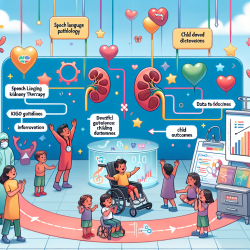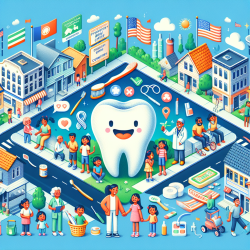Understanding the Gender Pay Gap in Healthcare
The gender pay gap remains a persistent issue within the healthcare workforce, as highlighted by the study "Narrowing but persisting gender pay gap among employees of the US Department of Health and Human Services during 2010–2018." Despite progress, female employees in the Department of Health and Human Services (DHHS) earned 9.2% less than their male counterparts in 2018. This gap, although narrowed from 13% in 2010, still requires attention and action.
Key Findings and Implications
The study utilized an administrative dataset to analyze annual pay rates and job characteristics, revealing that occupation, pay plan, and location explained more than half of the gender pay gap. Controlling for job grade further reduced the gap, with an unexplained portion of the gender pay gap in 2018 ranging between 1.0% and 3.5%.
Actionable Steps for Practitioners
As practitioners in the field of speech-language pathology and other healthcare disciplines, there are several steps you can take to address and potentially reduce the gender pay gap:
- Advocate for Transparency: Encourage your organization to adopt transparent pay practices. Transparency can help identify disparities and foster accountability.
- Promote Equal Opportunities: Support policies that ensure equal opportunities for advancement and leadership roles, regardless of gender.
- Engage in Continuous Education: Stay informed about the latest research and trends related to gender pay disparities. This knowledge can empower you to advocate for change effectively.
- Mentorship and Networking: Engage in mentorship programs and networking opportunities that support female professionals in advancing their careers.
Encouraging Further Research
While the study provides valuable insights, further research is necessary to fully understand and address the underlying causes of the gender pay gap. Practitioners are encouraged to engage in or support research initiatives that explore factors such as occupational segregation, work-life balance, and the impact of gender biases in the workplace.
Conclusion
The gender pay gap is a significant issue that affects not only the workforce but also the quality of care provided to patients. By taking actionable steps and supporting further research, practitioners can contribute to a more equitable healthcare environment. For those interested in delving deeper into the research, I recommend reading the original study, which can be accessed through this link: Narrowing but persisting gender pay gap among employees of the US Department of Health and Human Services during 2010–2018.










